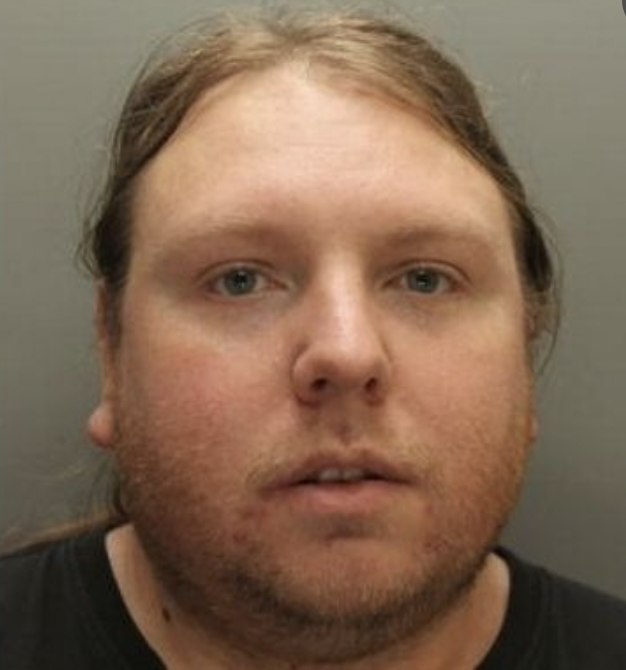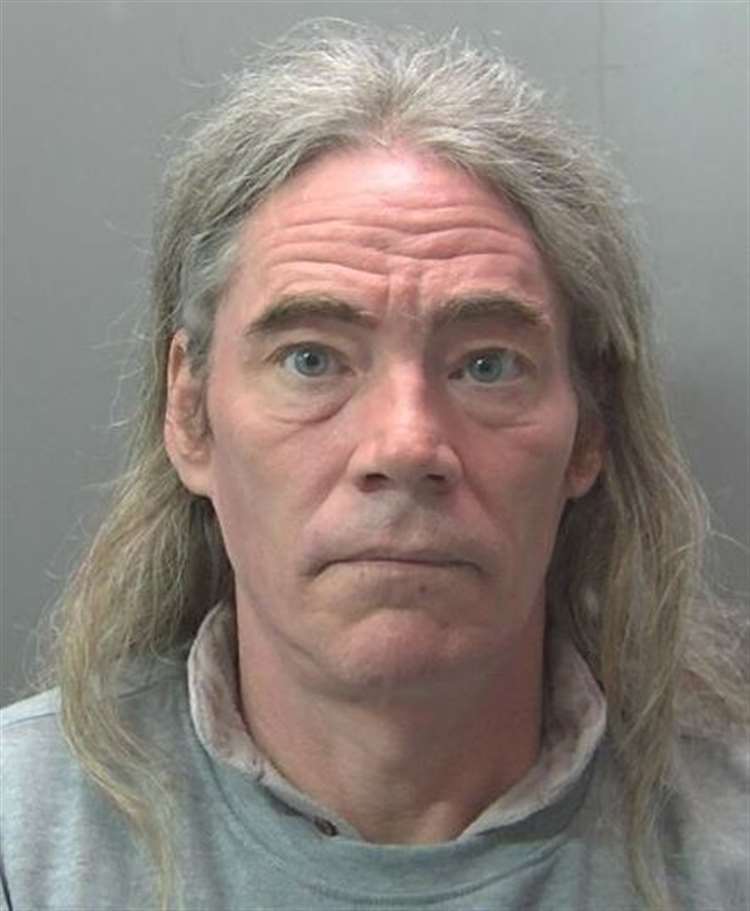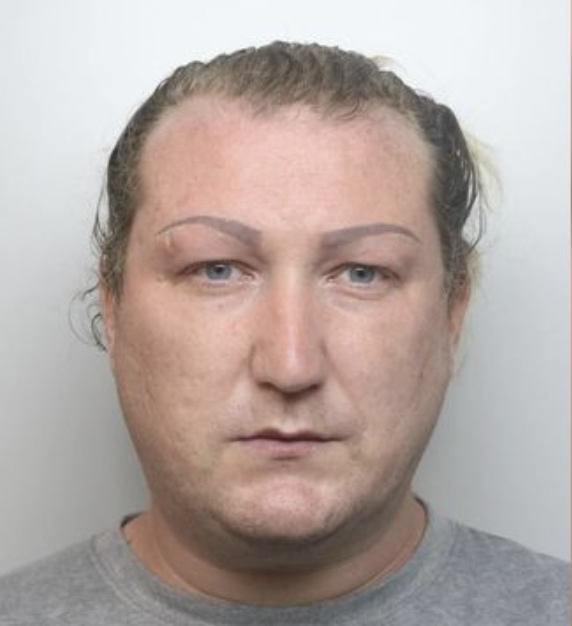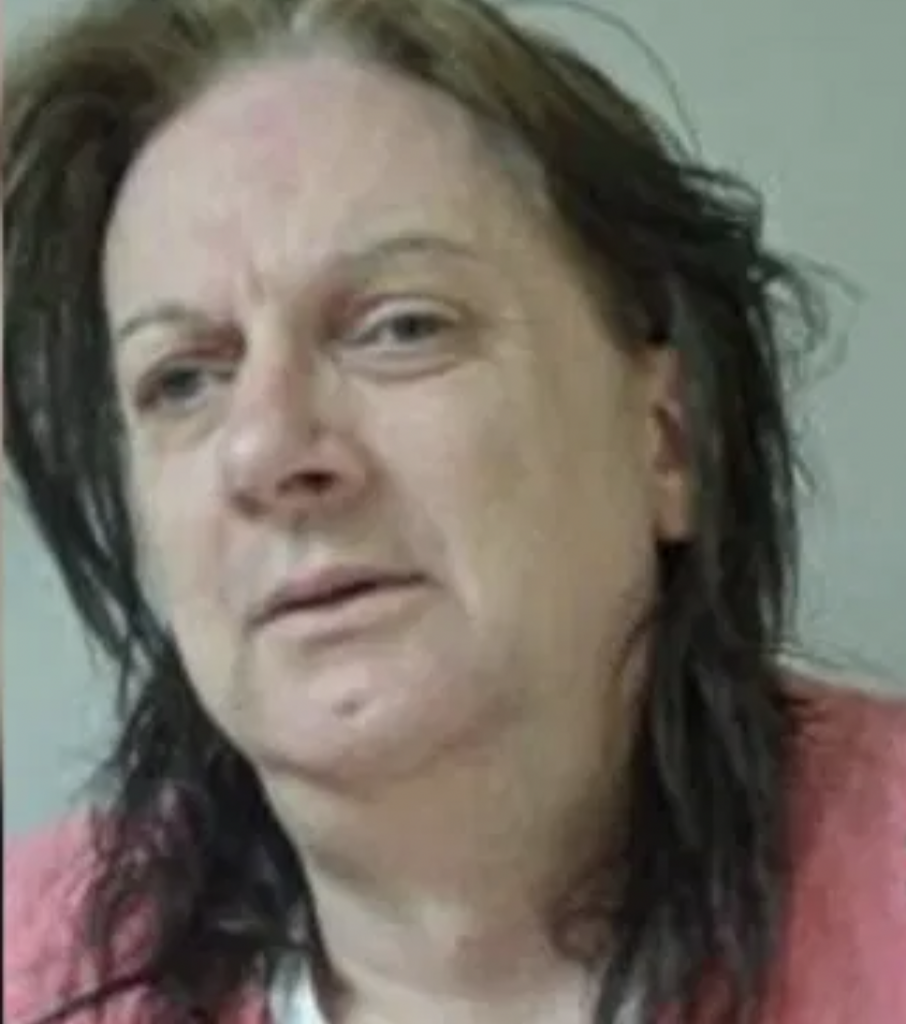The law must protect women in prison

Today the High Court handed down a shocking and disappointing judgment, that the Ministry of Justice has not broken any law in its policy of housing fully intact men who identify as women in women’s prisons, despite the judges recognising:
“a statistically greater risk of sexual assault upon non-transgender prisoners”
and also that:
“the psychological impact on non-transgender women prisoners held in prisons with transgender women is likely, in many instances, to be significant.”
The judgment, and the Ministry of Justice policy, use phrases like “transgender women” and “non-transgender women”; the “gender with which they identify”; and the “biological sex assigned to them at birth”.
This language obscures what is really happening. Male prisoners, including rapists, are being housed in women’s prisons, and female prisoners and prison officers are forced to pretend that these male people are women.
While most trans-identifying male prisoners remain housed in the male prison estate, a significant number are in the small female estate, and the policy allows more to apply to be transferred.
When the judges talk about “transgender women”, these are some of the people they are talking about:

Jessica Brennan – Multiple sexual offences against four young girls 
Rachel Newton – Multiple sexual offences against a child 
Anna McCone – Downloading and distributing indecent images of children 
Melissa Wilson – possessing indecent images of children 
Michelle Winter – Rape and assault occasioning actual bodily harm 
Rachelle Mikhnevich – assault and racially aggravated public disorder 
Julie Marshall – Possession of more than 80,000 indecent images of children 
Zoe Watts – Multiple explosives/weapons offences 
Marcia Walker -Child rapist making threats to kill
Police forces and judges call these people women, as do journalists reporting on crimes and prison officials. So do politicians, Ministry of Justice officials and human-rights charities. Their victims know they are not.
A previous justice minister Ed Argar said the “great majority” of trans prisoners should be allowed to “experience the system in the gender in which they identify”.
The judges said they had to decide on “the lawfulness, not the desirability, of the policies”.
Currently, under the Gender Recognition Act 2004, being a convicted sex offender with a penis and testicles – and no intention of ever having them removed – is no impediment to a man qualifying for a certificate declaring him to be a woman. And the prison service’s policy is that, with or without a gender recognition certificate, a male prisoner can be housed in a women’s prison, subject to risk assessment.
Stonewall, Amnesty International, the Fawcett Society, the Labour Party, the Liberal Democrats, the Greens, the SNP and right-thinking society in general tell us that the rules for getting a GRC are too stringent, and continue to campaign for “self -ID” – the removal of all medical gatekeeping. And they have tried hard to make it costly and dangerous to talk openly and honestly about what this means for women’s rights.
The judges in this case seemed to recognise the immorality of the judgment they felt obliged to give, admitting:
“Many people may think it incongruous and inappropriate that a prisoner of masculine physique and with male genitalia should be accommodated in a female prison in any circumstances.”
Saying this out loud as an academic, a civil servant, a social worker, a nurse, a doctor, a teacher, a prison officer, a journalist, a lawyer, or just on social media is still likely to see you branded a “transphobe” and made to fear for your job. But the judges thought local Case Boards made up of prison managers, prison healthcare, and equality leads would be able to speak up. They felt confident that this group of professionals could detect “any case of a male prisoner who, for sinister reasons, is merely pretending to wish to live in the female gender”.
This puts a great deal of responsibility on individual Case Board members. They must be willing and able to say that they understand that “trans women are not women” – or to be somehow able to distinguish between “transgender women” and other males who identify as transgender women.
We think female prisoners deserve better than this. The law must protect their rights to safety and dignity, and if it doesn’t it must be changed.

Talk to your friends this weekend. Ask them to help us to campaign on these issues.
Follow and support The Keep Prisons Single Sex campaign, Fair Play for Women and the Centre for Crime and Justice.
